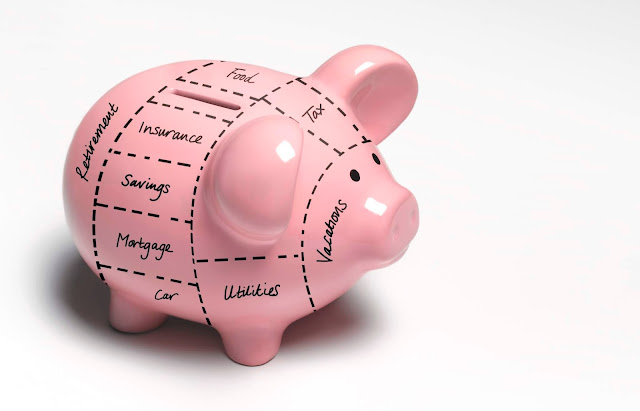Banks
have different types of Savings Account that
suit the requirement of their precious customers. Savings accounts are a great
place to stash your savings that grow steadily with interest rates and your
contributions. Your money remains safe and accessible while paying interest. Not
only this, you can have multiple savings account to meet your different goals.
Very
little is known about the features that these savings account offer. Read on to
learn more about some of the features of different Types of Savings Account that different
banks offer to their customers.
Basic savings accounts: These encourage
people to save money and collect their savings.
- Allows multiple activities and more: Apart from allowing you to save money, it allows the transfer of funds, withdrawal of money and more. There are different types of specialised savings account for kids, women and pensioners.
- Nominal interest rates: Enables the depositor to earn a nominal rate of interest on your surplus money without blocking them for any period. The interest rate ranges from 3.25% to 7.00%
 |
| types of savings account |
Money market accounts (MMAs): It is a market for short-term loans that provides money for working capital or circulatory capital.
- Short term credit market: It consists of organised and unorganised sector. While the organised sector comprises the Reserve Bank of India (RBI) and commercial banks, the unorganised sector has indigenous bankers and money lenders.
- No fixed geographical location: Its common institutes like the RBI, the State Bank of India and other commercial banks deal on the telephone and fax only.
- Major financial institutions: Financial institutions like non-banking financial intermediaries, cooperative banks, Export-Import banks cater to the financial requirements of different sectors.
- Common Instruments: Call money, Treasury Bill, Commercial Paper, CDs, Commercial bill, etc., are some of its instruments.
Certificates of deposit (CDs): These
are issued by commercial banks can have a maturity period ranging from 7 days
to 1 year.
- Availability of Loan: Banks do not grant loans against them as they do not have any lock-in period. In fact, these financial institutions cannot even buy back certificates of deposit before maturity.
- Eligibility: Only scheduled commercial banks/financial institutions in India can issue CDs to individuals, companies, funds, etc. Also, it can be issued to Non-Residential Indians (NRIs) on non-repatriable basis.
- Maturity term: A CD has a maturity period ranging from 7 days to 1 year. For financial institutions, it ranges from 1 to 3 years.
- Transferability: CDs in Demat forms are transferred according to Demat securities guidelines. Dematerialised/electronic certificates are transferred by endorsement or delivery.
The
banking system embraces all these features and makes sincere efforts in
providing the best Types of Savings Account for the benefit of its customers.